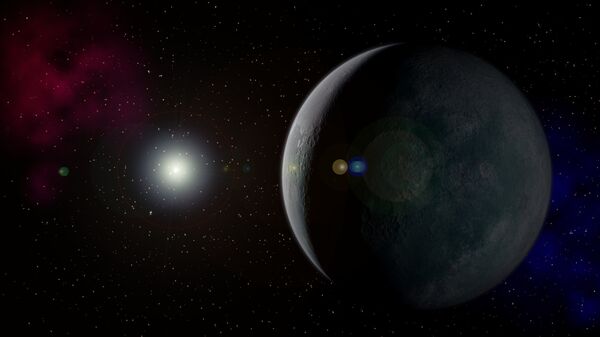Drifting somewhere in the outer edges of our solar system is said to be a ninth planet. Based on the odd behavior of a group of objects in the Kuiper Belt, a ring of objects that circle our star from the orbit of Neptune out to another 20 astronomical units (AU), the calculations of astronomers Konstantin Batygin and Mike Brown led them to the hypothesis that a previously unknown planet could account for the irregularities.
While scientists have some idea of the planet’s size – ten times that of the Earth – they’re less sure of its location. The mysterious planet could be anywhere between a 10,000-20,000-year orbit.
Using data gleaned from NASA’s Cassini spacecraft, a team of French scientists may have dramatically reduced the search zone.
"We have cut the work in half," stated Jacques Laskar, the study’s co-author.
Observing the hypothetical effect a ninth planet would have on the eight known planets within our solar system, the scientists believe this object to have a lopsided, highly elongated, oval orbit.
When at its furthest point from the Sun, the planet would be too far away to have any effect on the planets, making it impossible to observe.
Because the planet could only be detected when it comes closest to the Sun, scientists can focus their observations on that area of the mystery planet’s projected orbit.
If found, our solar neighborhood will have been an eight-planet system for barely two decades, after poor Pluto was downgraded to a mere dwarf planet in 2005.




